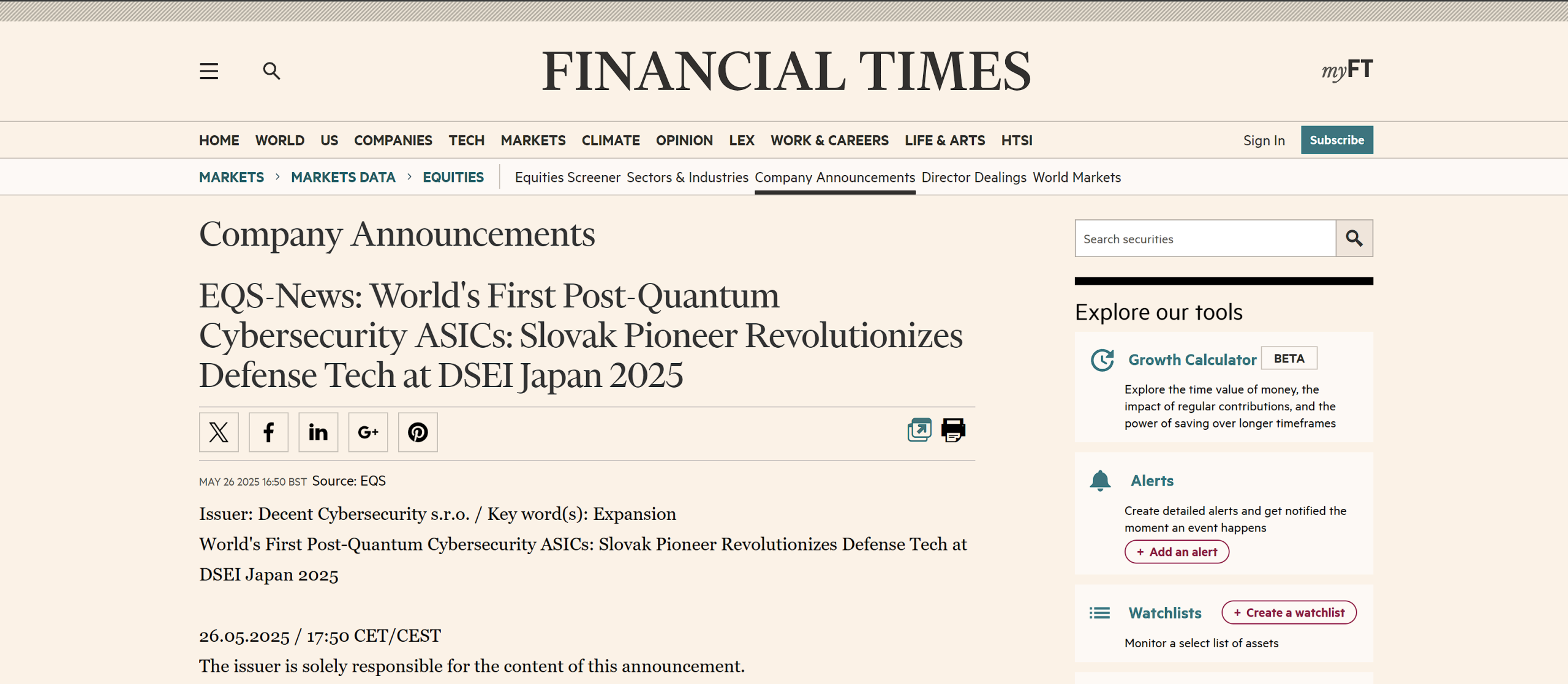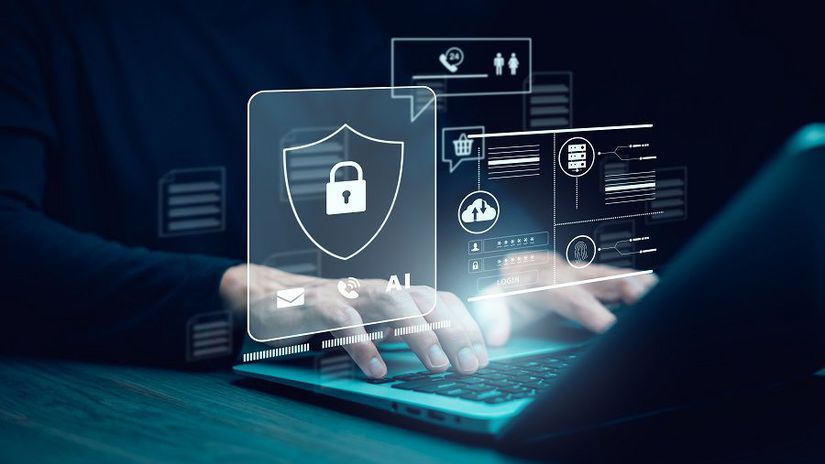As the quantum computing era edges closer, the cryptographic foundations of digital security face a monumental challenge. Traditional cryptographic techniques, which safeguard everything from financial transactions to private communications, rely on mathematical problems too complex for classical computers to solve efficiently. However, these protections crumble under the processing power of quantum computers. This impending vulnerability has catalyzed the development of post-quantum cryptography (PQC), a new paradigm in cybersecurity designed to withstand the quantum threat. This article explores the transformative impact PQC is set to have on global cybersecurity.
Understanding the Quantum Threat
Quantum computers leverage the principles of quantum mechanics to perform calculations at speeds unachievable by today’s most powerful supercomputers. While this promises revolutionary advancements in fields like medicine, chemistry, and artificial intelligence, it also poses a significant threat to current cryptographic standards. Algorithms such as RSA and ECC (Elliptic Curve Cryptography), which secure web communications and encrypt sensitive data, could potentially be broken by quantum algorithms like Shor’s algorithm, which can factor large integers and compute discrete logarithms with ease.
The Advent of Post-Quantum Cryptography
In response to this looming threat, researchers and cybersecurity experts have been pioneering PQC, which involves developing cryptographic systems that can be securely implemented on current classical computing infrastructure but are also secure against potential quantum attacks. The National Institute of Standards and Technology (NIST) has been at the forefront of this initiative, conducting a multi-year project to standardize PQC algorithms. These new cryptographic systems are based on mathematical problems considered resistant to both classical and quantum computing attack methods.
Potential Changes Brought About by PQC
1. Enhanced Security for Critical Infrastructure
PQC will ensure the continued protection of national security communications, financial systems, and other critical infrastructure. As these sectors often rely on long-term data confidentiality, upgrading to quantum-resistant algorithms is essential to safeguard against future threats.
2. Shift in Cryptographic Techniques
The transition to PQC will involve moving away from current public-key cryptographic methods to more quantum-resistant techniques, such as lattice-based cryptography, hash-based schemes, multivariate polynomial cryptography, and others. Each of these techniques offers resistance to quantum attacks based on their unique mathematical complexities.
3. Impact on Digital Certificates and Authentication
Digital certificates, which serve as the backbone of internet security protocols like SSL/TLS, will need to be reissued with quantum-resistant algorithms. Similarly, authentication protocols will need to be revised to incorporate PQC standards to prevent unauthorized access facilitated by quantum computing.
4. New Compliance and Regulatory Challenges
Businesses will face significant compliance and regulatory challenges as they transition to PQC. This includes updates to compliance standards that govern data protection and privacy, such as GDPR in Europe or CCPA in California, which will need to evolve to address quantum risks.
5. Increased Computational and Operational Costs
Implementing PQC may involve higher computational overhead and, consequently, higher operational costs. Quantum-resistant algorithms typically require larger key sizes and more processing power, which could impact system performance and efficiency.
Conclusion
The shift to post-quantum cryptography represents one of the most significant evolutions in the field of cybersecurity. While the transition poses substantial technical, operational, and regulatory challenges, it is crucial for preemptively mitigating the quantum threat. Organizations must begin planning for PQC integration, keeping abreast of developments in quantum computing and participating in shaping cybersecurity norms in the quantum age. As we stand on the brink of a new technological paradigm, the proactive steps we take today will secure our digital tomorrow.





